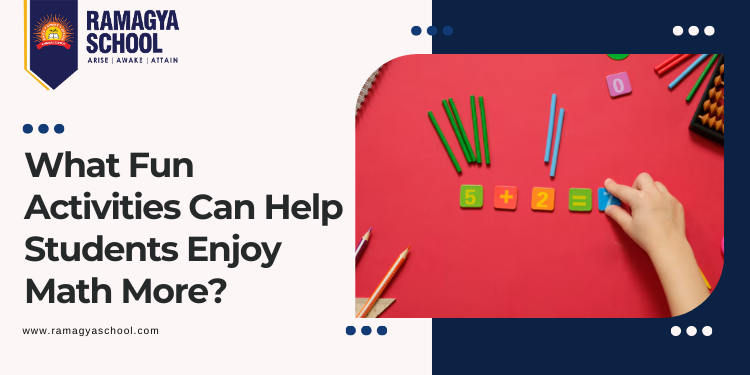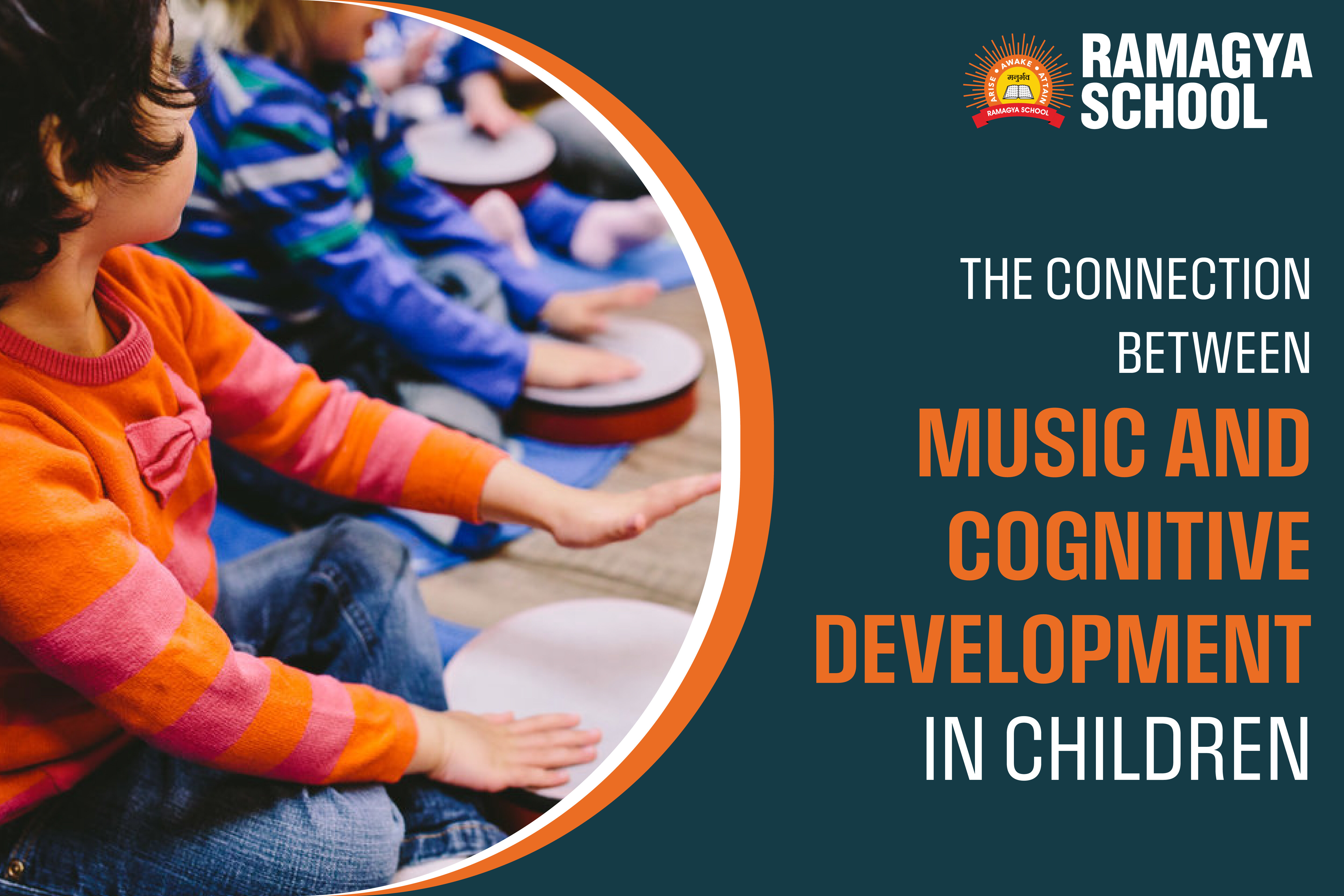Math can sometimes feel like a chore, but it doesn’t have to be! With the right activities, math can be exciting and enjoyable. Whether you’re in the classroom or learning at home, using fun math games and puzzles can make a big difference. Here are some math puzzles for students, simple and fun math activities to help students love math more.
- Math Bingo
Math Bingo is an exciting variation on the traditional game of Bingo. However, instead of announcing alphabets, the teacher is calling out math questions. For instance, if the teacher calls out “5 + 3,” the players will search to find the correct answer “8,” on their Bingo cards. It’s a great way for children to learn multiplication, subtraction and division and have fun. It’s quick-paced and keeps everyone engaged! Math puzzles for students are an interesting way to keep the students engaged. It is one of the easiest fun math activities.
- Math Scavenger Hunt
The Mathematics Scavenger Hunt is a fun method to keep students moving and solving math-related problems. Teachers could hide math puzzles around the classroom, or even outside, and the students are required to locate them and work on the problems. For instance, one clue might include “Find the number that’s the sum of 12 and 8.” Students will need to find an answer to the question “20” on a hidden card. This game helps students learn math as well as improve their problem-solving abilities. It is one of the best math puzzles for students.
- Math Puzzles
Puzzles are a great method of making math fun. There are a variety of math puzzles designed to help students develop the ability to think critically and develop their reasoning. For example, Sudoku puzzles make use of numbers as an enjoyable way to develop numbers skills. There are also cross-number games that require students to use clues to find the missing numbers. These puzzles can help develop the ability to think logically and develop number patterns but without the same feeling as typical math assignments. These are some easy math games to play in the classroom.
- Board Games with a Math Twist
A variety of classic table games could be transformed into math-based games. For instance, “Monopoly” is great for introducing subtraction and addition using money. “Yahtzee” can help students in multiplication, probability and it’s not difficult to play. “Connect Four” can become an educational game if you require students to answer math-related questions before making the move. The games can help make math more accessible and less stress-inducing.
- Math Story Problems
Stories are a fantastic method to link math with real-life. Instead of just tackling numbers, students engage in stories that are based on math. For example, “Sarah has 3 apples. She buys 2 more. How many apples does she have now?” You can make up fun stories or use themes that interest students, like sports, animals, or even space! This way, math feels more like a story to solve than just a set of numbers.
- Math Art
Who said math and art don’t mix? Math art is the process of creating patterns, designs or shapes using math concepts. Students can, for instance, make geometric shapes into interesting artwork, for example, creating patterns using triangles, squares, or circles. They can also study the concept of symmetry by folding papers or creating symmetrical patterns. This teaches students that math doesn’t have to be just about numbers, it’s everywhere, including art!
- Online Math Games
If you’re on the internet, you can find numerous math games available online which make learning enjoyable. Websites such as Cool Math Games or Math Playground provide a wide range of math-related games that concentrate on anything from basic addition to advanced problem-solving. These games help make learning more interactive and fun. Additionally the majority of them are made to look like levels or challenges to keep players returning for more.
- Flashcard Challenges
Flashcards are a quick and efficient way to develop math abilities. You can make it enjoyable by making it an obstacle. Set a timer, and then see how many flashcards students can complete in a minute. You can also create an activity that matches flashcards with the right answers. Flashcard games are particularly helpful for preparing multiplying tables and addition and subtraction.
- Group Math Challenges
Group challenges are an excellent method to get math students involved. Split the class into smaller groups and give them an assignment in math to complete. It could range from handling a difficult issue to constructing a geometric form using geometric pieces. The group work is a great way to collaborate, and students are able to talk about various ways to solve questions. It’s a fun method to work on math with your friends.
- Math Jokes and Riddles
Math doesn’t have to be a serious subject! A little humor to your math lessons can make it more fun. Use math jokes or riddles to share with your students. For instance, “Why was the equal sign so simple?” Because it knew that it was not less or more than any other person! Riddles also help in the development of problem-solving abilities. Encouraging students to have fun while learning may take some of the stress off.
Conclusion
Math does not have to be dull or difficult. With fun and engaging activities such as Math Bingo, puzzles, board games, or the art of math, kids can be taught while having fun. It is important to make math engaging, enjoyable, interactive, and fun. When students realize that math is fun it will be easier for them to love learning and apply it to their daily life. Therefore, let’s turn math into game-like, and watch the excitement of students increase!




